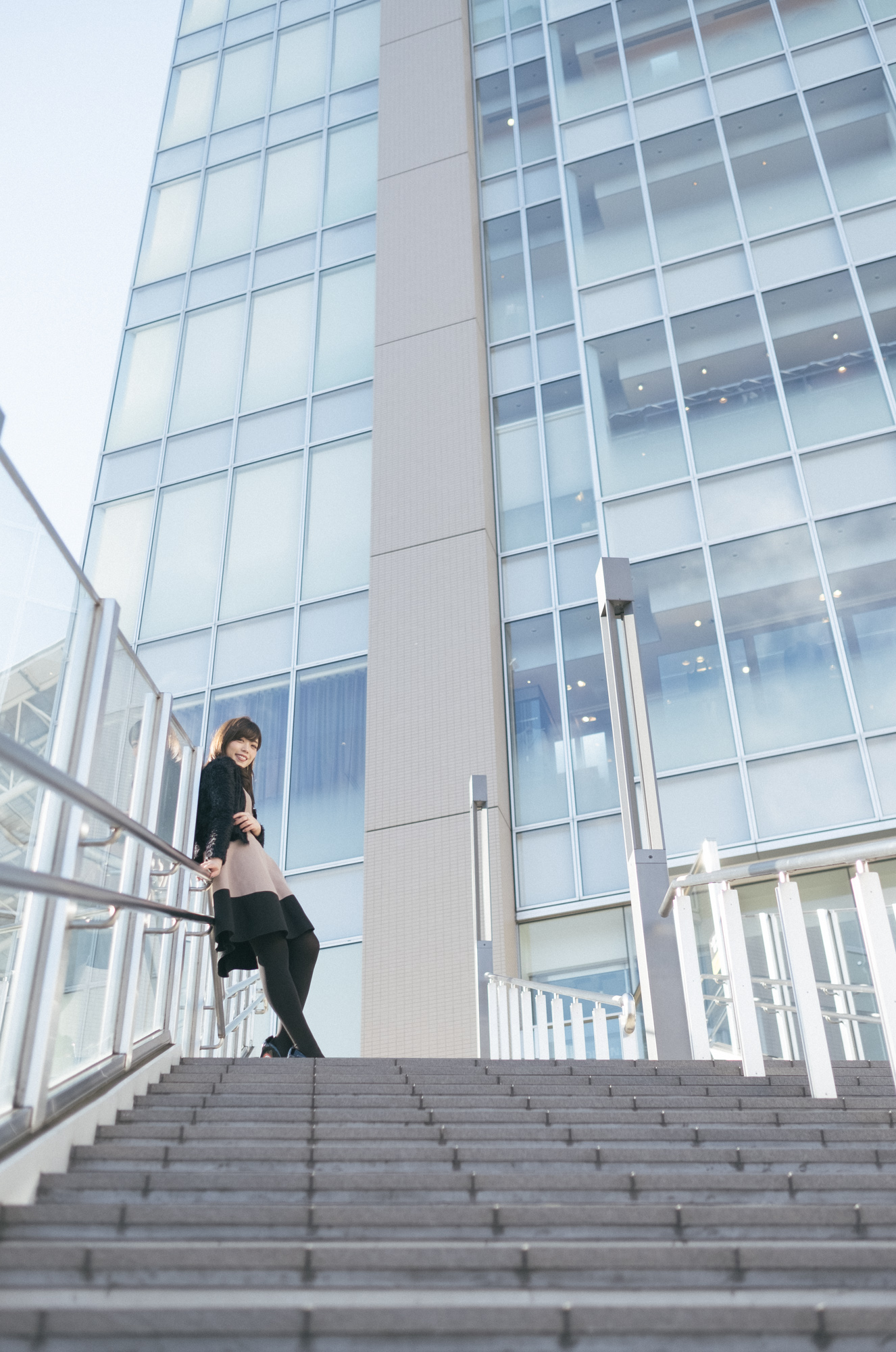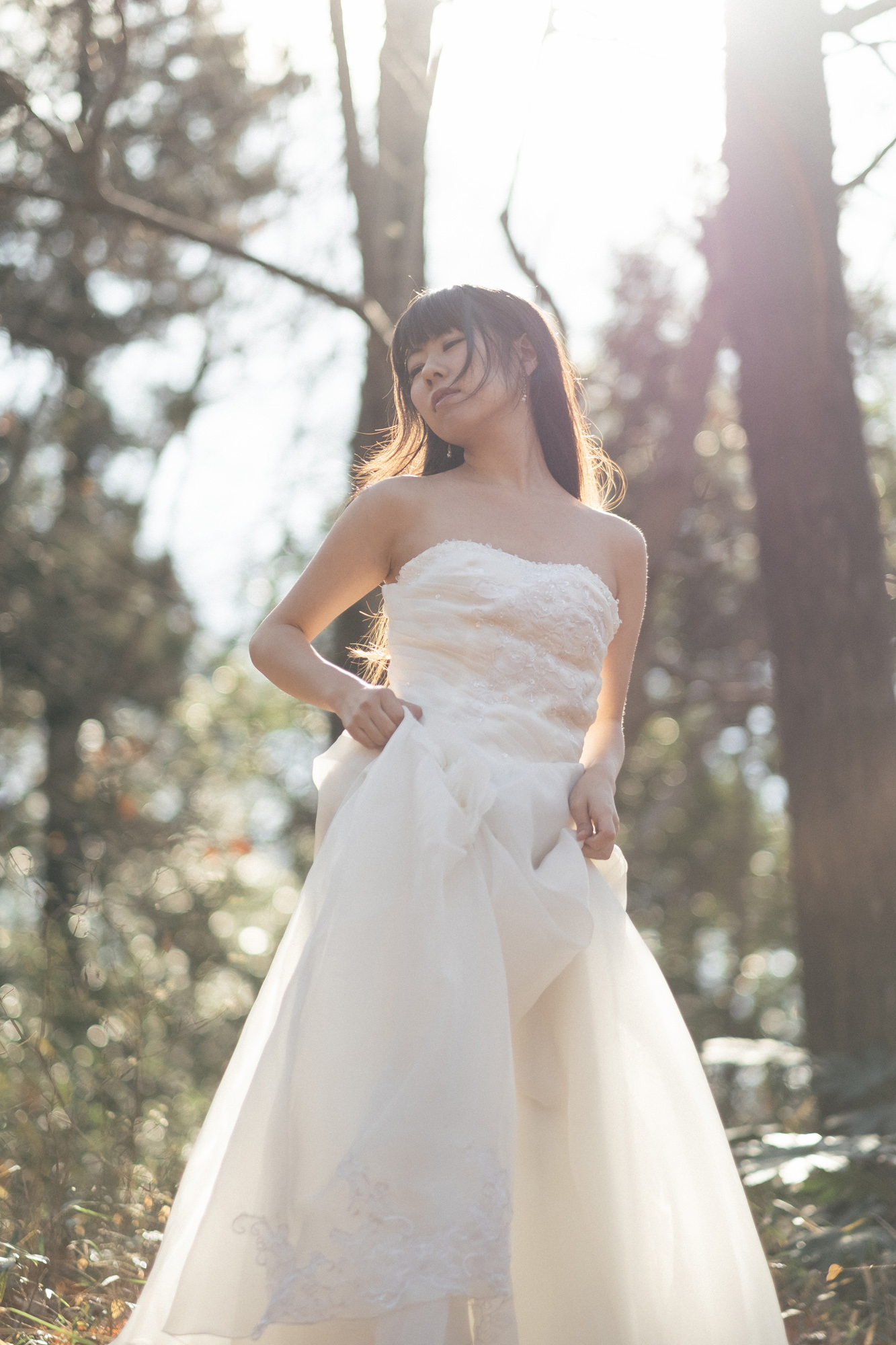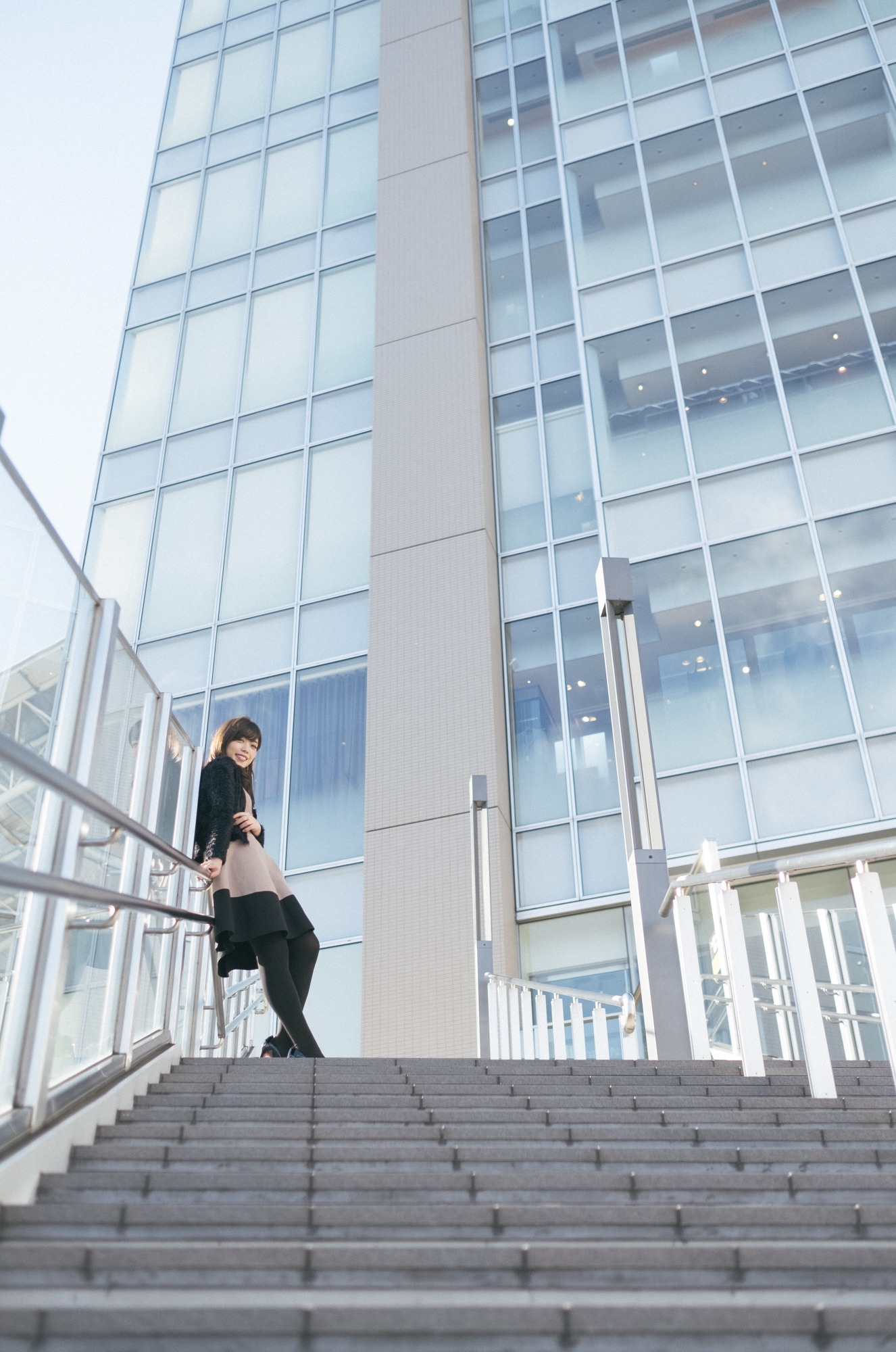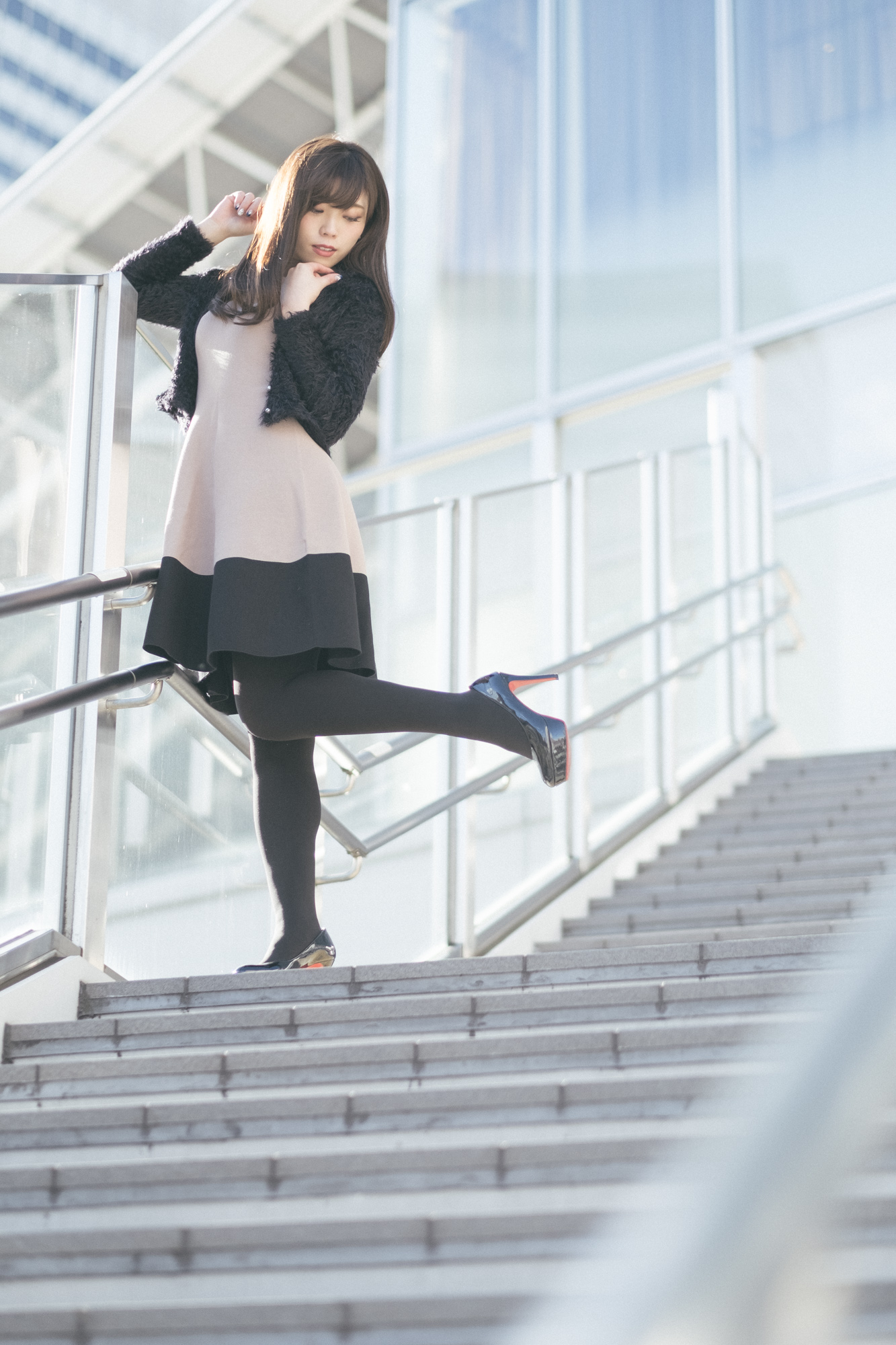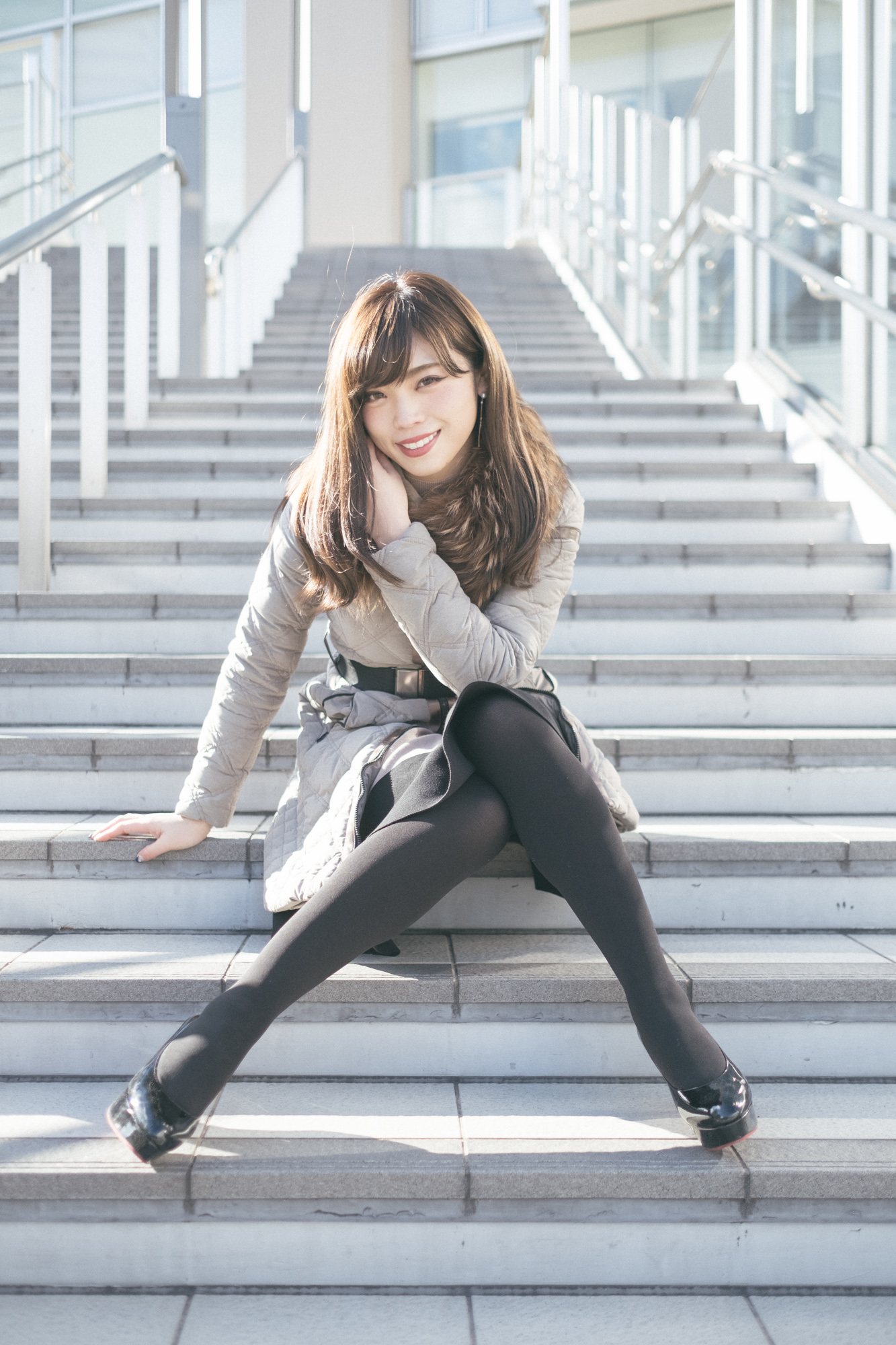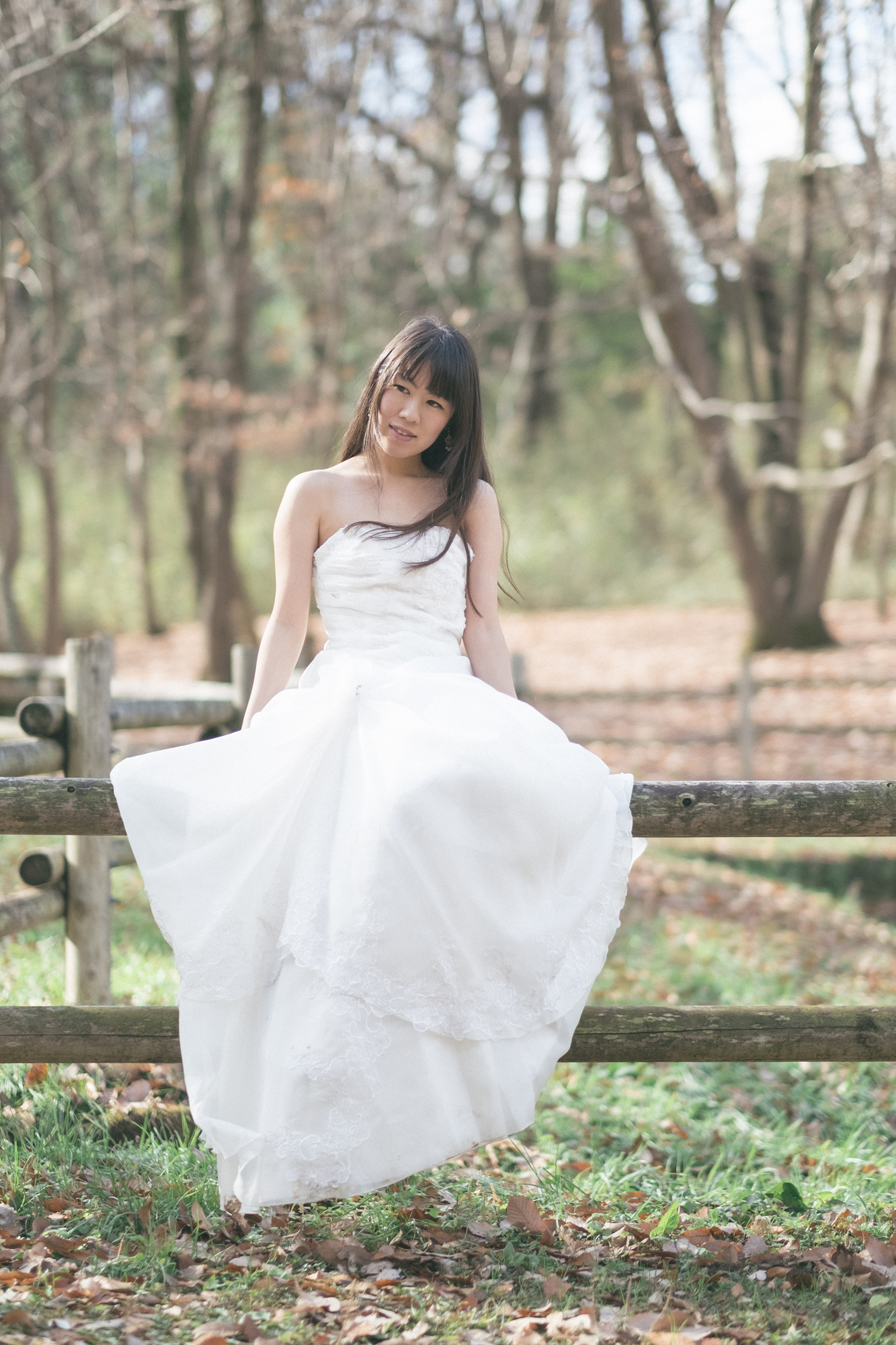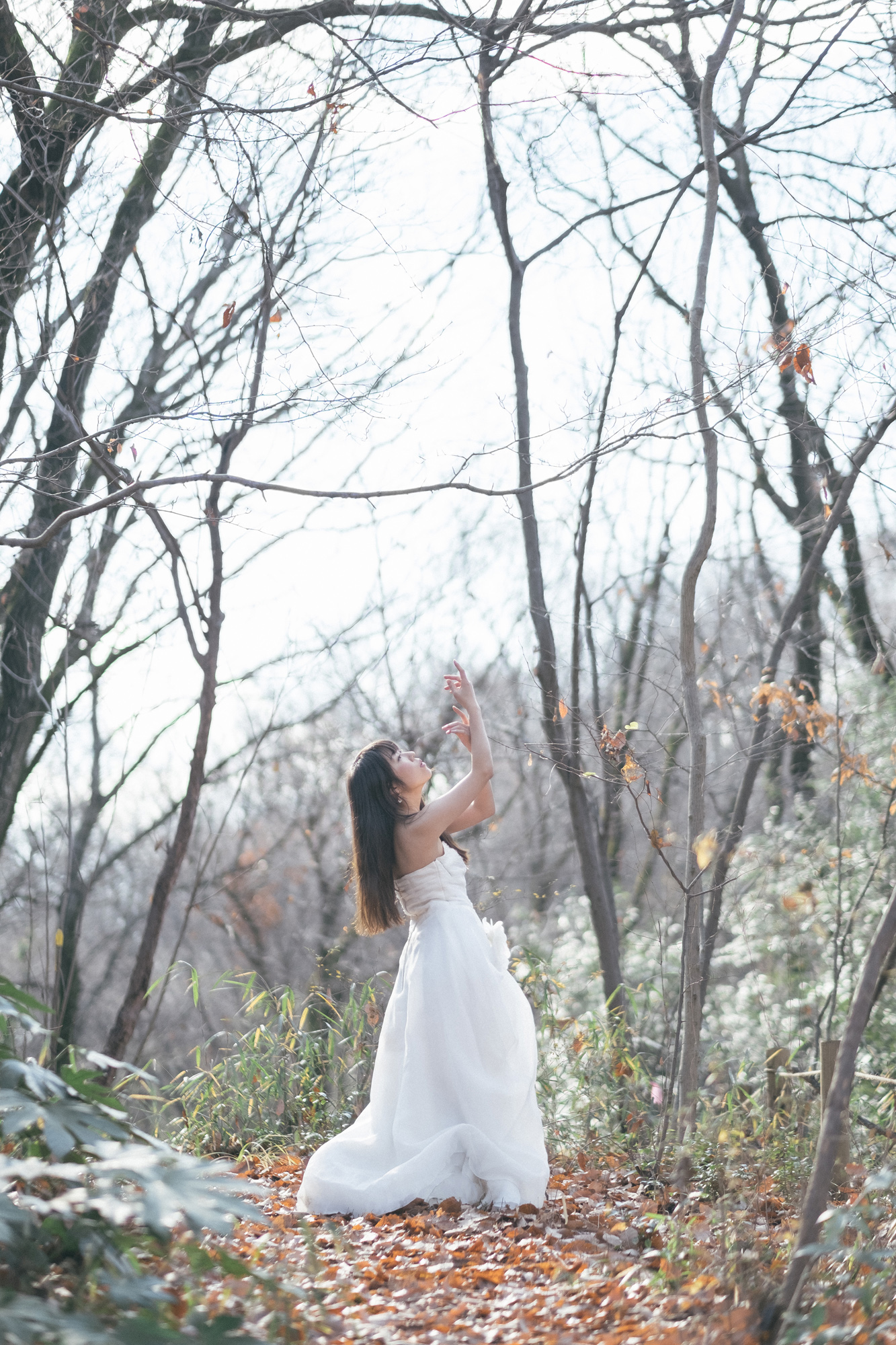Putting the Fuji X-T2 + XF 56mm f/1.2 through its paces…
Our initial thoughts are it’s…. meh. We’ve been so used to L glass + FF sensors for so long that it’s shocking to open up the RAF files in LR and see a smeary mess and sandpaper bokeh staring up at you.
We have no doubt that it’s possible to get good results out of this setup (many people make a professional living using just Fuji mirrorless kits) but so far it’s not exactly blowing us away.
Based on what we’ve seen, our 1DX mark II + 85mm f/1.2L II aren’t going anywhere for a long, long time. The extra quality is well worth carrying the extra weight around at least as we start learning our way around the quirks of the Fuji.
The annoying thing is the focusing at shallow depths of field (i.e. wide open apertures) at any sort of distance is simply too rough to be useful - at these smaller web resolutions everything looks sorta okay but if you were to zoom up any farther than 2:1 (i.e. 50%) you will quickly see that the focus is not spot on the eyes like it would be if you were using a big boy DSLR.
The main issue is the focusing box simply covers way too large of an area — unlike the single AF spots of most other cameras, the Fuji insists on a big green box that encompasses as many as 9 spots — and there is no way to pick a single spot unless you laboriously shift the camera into manual focus, then slowly zoom in manually with focus peaking, etc. That is insane and as the saying goes “ain’t nobody got time for that” when you’re shooting outside. So what happens is in the end, the camera usually picks something other than the eye to focus on and you end up with a soft, unusable/missed focus shot.
When the subject is close enough this problem goes away — we’ll talk more about the relative sharpness later but in controlled settings it makes us think that this is more of an issue of the AF than the actual sensor/lens resolving ability — but at any other range this ridiculously large AF area makes shooting at wide open apertures a crap shoot if you’re hoping to shoot people and show the resulting images at anything larger than a zoomed out view like this.
When the highlights do blow, they blow in an ugly, smeary way.
Zoomed up to 100% the sunlight hitting the shin and the hair obliterates all detail along the edge in a weird way that we haven’t seen before out of other cameras.
When you shoot light and bright, exposing for the right as we tend to, It’s hard to judge exposure properly through the EVF of the Fuji X-T2 no matter how much Fuji fans will rave about the so-called quality.
The flaw in the back LCD that prevents it from properly showing the preview after a photo is taken if you’re viewing through the EVF (as most photographers coming from DSLR will) means that chimping is a fiddly, laborious affair.
The end result is that it’s quite easy to blow out the highlights compared to a DSLR, and it just takes way more time and tons of button pushing (why the highlight clipping view only works with a tiny preview version instead of taking up the whole LCD is anybody’s guess) — another example of where the Fuji simply remains unresolved relative to the DSLR big boys.
These flaws however are somewhat offset by the ability to display a histogram in the viewfinder when shooting — if you’re careful you can sort of use that to judge how far you can push — and by the relatively good highlight recovery/range in the Fuji. We’ve been relatively surprised by how much latitude the RAFs provide in the highlights in post (though they come with their own litany of issues).
We’ve heard that Lightroom isn’t the best RAW processor for Fuji RAF files. The files definitely handle differently than Canon CR2s, Sony ARWs and the Leica DNGs we’re used to. Not sure if better or worse, just… differently.
We may try out Capture One Pro to see if it handles the Fuji RAWs better.
The biggest thing in the end may just be the lenses. People keep raving about them and we just don’t get it… Whilst they’re passably decent primes, we also haven’t seen anything that takes our breath away. In fact, up close and wide open the 56mm f/1.2 r is sort of a mess - the out of focus areas are, for lack of a better word, nervous and jittery. In its defense it doesn’t fringe as badly as some other fast primes, but this is a relatively small advantage - fringing is easily corrected in post, the messy, jittery OOF areas are something you’re stuck with.
Perhaps it’s expecting too much from the APS-C format. The 56mm f/1.2 may have (nearly) the same field of view as the Canon 85mm f/1.2 L and it does have the same max aperture (in terms of light intensity) but this does not mean it has the same depth of field performance characteristics or the same quality of background blur (”bokeh”). This is simply the result of physics and despite the many mirrorless apologetists out there, at the end of the day, you simply will not be able to get certain kinds of shots with this kit that you can easily do with other FF setups. (Of course, Fuji could one day come out with a 56mm f/0.95 or something and then we can revisit it, but until that day, the 56mm f/1.4 r is the top of their line and it simply can’t compete in terms of background blur/shallowness wide open)
Now - the key point here is that shallowness of DOF is not always desirable (and indeed, overused it becomes a crutch) (though I would argue that a good boken is always desired trait for OOF areas as opposed to the jittery mess out of the Fuji) and for many kinds of shots, the Fuji will do a competent job.
This is part of the learning curve, then, we suppose — learning that there are certain ways that we can shoot our Canon/Sonys/Leicas that we can’t shoot our Fuji. Not the camera’s fault, just its physical limitation and it is incumbent upon us to learn how to adjust our ways to it.

